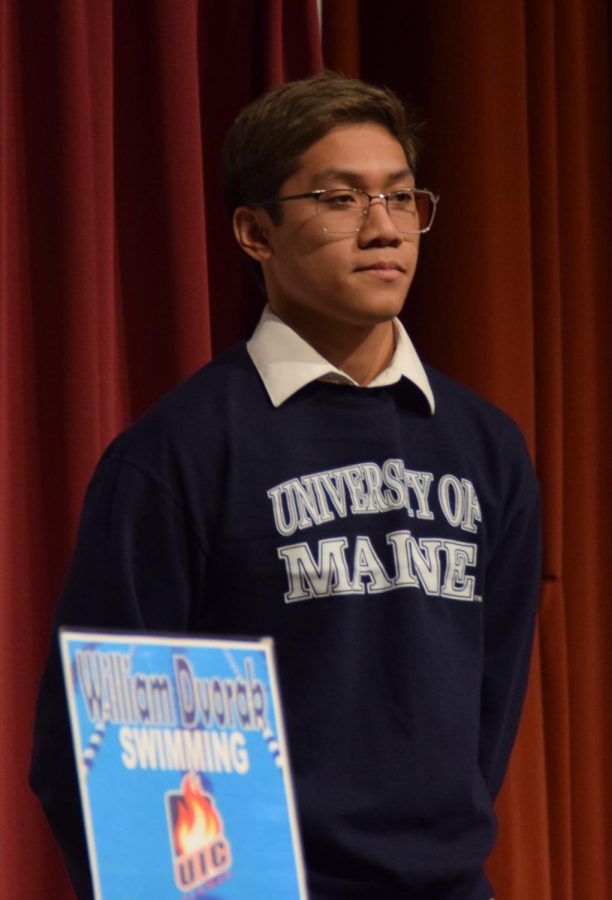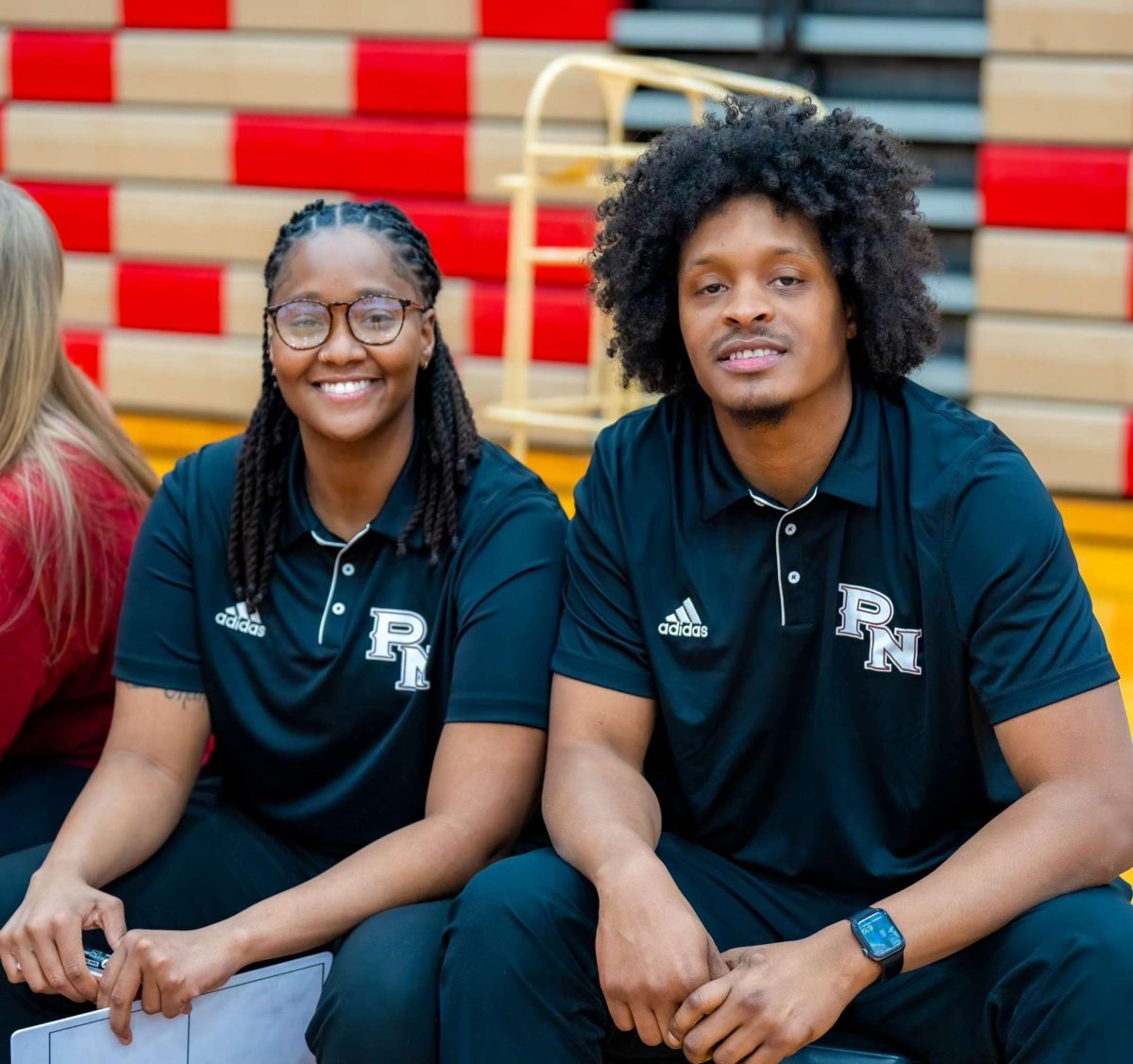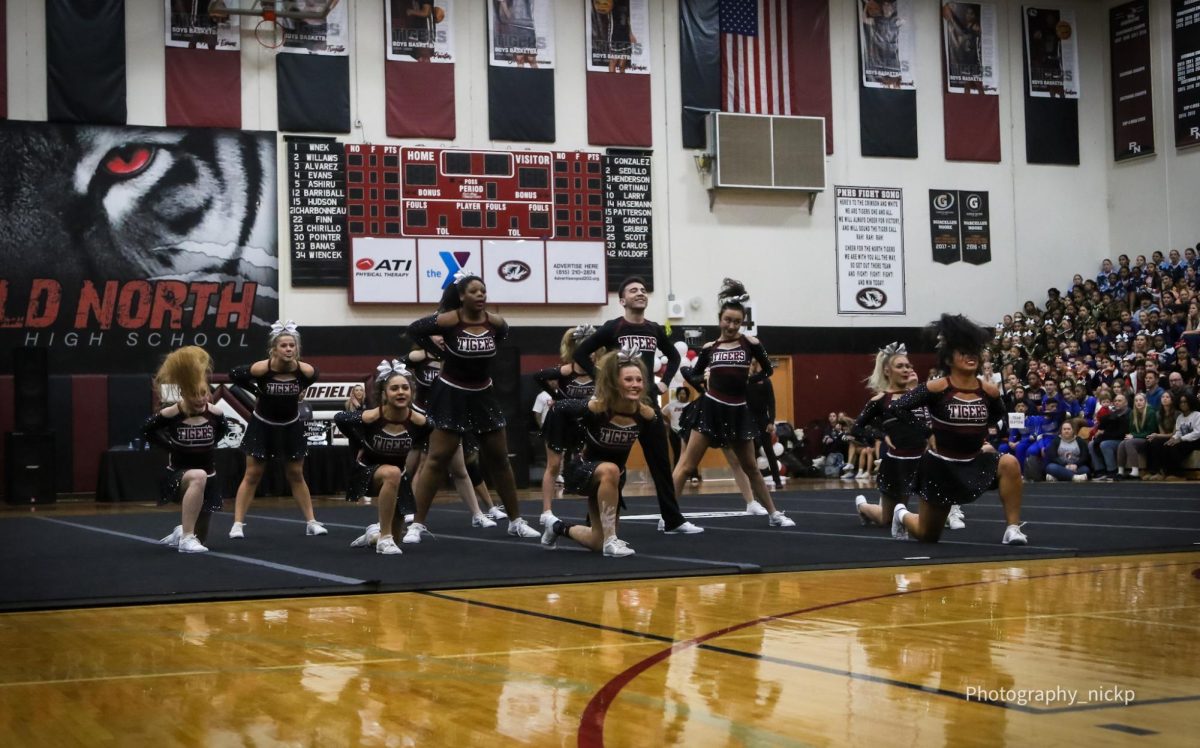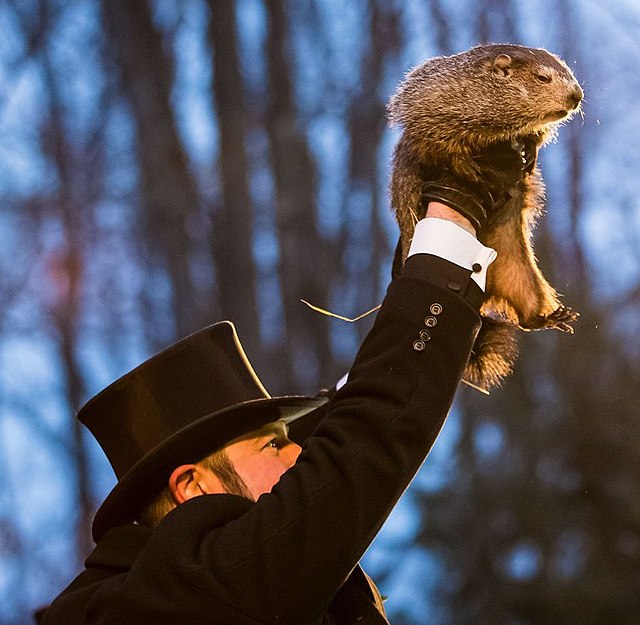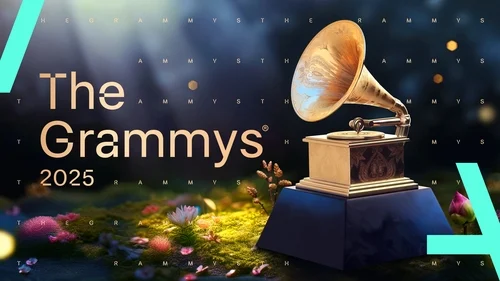Recruitment ins and outs
February 14, 2023
Senior John St. Clair has always wanted to play baseball, and he’s now given that opportunity thanks to the recruitment process. Little did he know how lengthy this process was.
Many high school athletes want to take their talent to the next level. College athletic recruitment is an important step for these athletes and is vital to carry on competing. In a poll of 100 students, 62 percent said they know someone that has experienced college athletic recruitment.
Each National Collegiate Athletic Association college is broken into NCAA D1, D2, or D3. These divisions each have different guidelines they are required to follow.
“If you’re getting a look from the division 3 level, they really don’t have a lot of requirements,” North athletic director Ron Lear said. “The D1 level is completely different from the rest of the divisions.”
The first step starts with the athlete. At any point in their high school career, they may make an NCAA eligibility center account. The information then gets displayed under your name on your profile, and coaches have access to the information.
“After my fall season of my senior year of cheering, I filled out this website to try to boost a chance at getting looked at,” senior cheerleader Ruby Yepsen said. “Even if I don’t end up cheering in college, I want to take all the steps I possibly can to get the opportunity.”
The coaches want to get the attention of prospective athletes as early as they can, so that the athlete may focus on working towards attending that school. Freshman baseball player Logan Huegel has already been contacted by Northern Illinois University, Maryland, Michigan State and Southern Illinois University Edwardsville.
“As a freshman, schools already reaching out to me is very exciting,” Huegel said.” I plan on keeping these schools on my radar.”
Direct contact from coach to athlete is prohibited until June 1 of the athlete’s junior year, however the school can send broad emails about recruiting to a mailing list of athletes. After this date, coaches are allowed to contact the athlete by phone call once a week.
“Once summer started after junior year, I started to communicate with the Bemidji State coaching staff a lot more freely than during the school year,” senior hockey player Joe Teska said.
When senior year rolls around, there are signing days where the athlete officially signs to play the sport, they are going to play at the college they have decided to attend.
“If you have any type of tape on you, make sure that it gets to the head coach of that sport,” said Lear.
Submitting film to coaches is one of the most important steps for the athlete. The coaching staff wants to see the athletes’ competition level at the high school level.
“NIU and Michigan State requested film from me earlier this year, so I compiled a reel of my highlights from the last season and submitted it,” said Huegel.
Teska was put on the email list of Bemidji State his junior year and was given a private tour the following summer. The coach was interested in his recent performance and reached out to expand his interest.
“The coaches gave me a tour of the whole facility, which really wowed me,” Teska said. “They showed me everything I would have access to if I attended the school and all the perks of playing on the team.”
Students also take the lead in their own recruitment process. Most colleges have websites devoted to the specific sport, which contain recruitment forms that the athlete can fill out.
“After I submitted forms to my schools, a representative from each of the schools emailed me back with information about each school’s program, and expressed interest in me”, said Yepsen.
With most of the recruitment depending on the athletes’ efforts, it is vital for them to stay determined and keep open communication with the schools they wish to compete for.
“With recruitment, even though I try to contact the schools at least once a week, I can’t communicate with them enough,” Yepsen said. “Any information I send them can help me get an advantage for a spot on the roster.”

